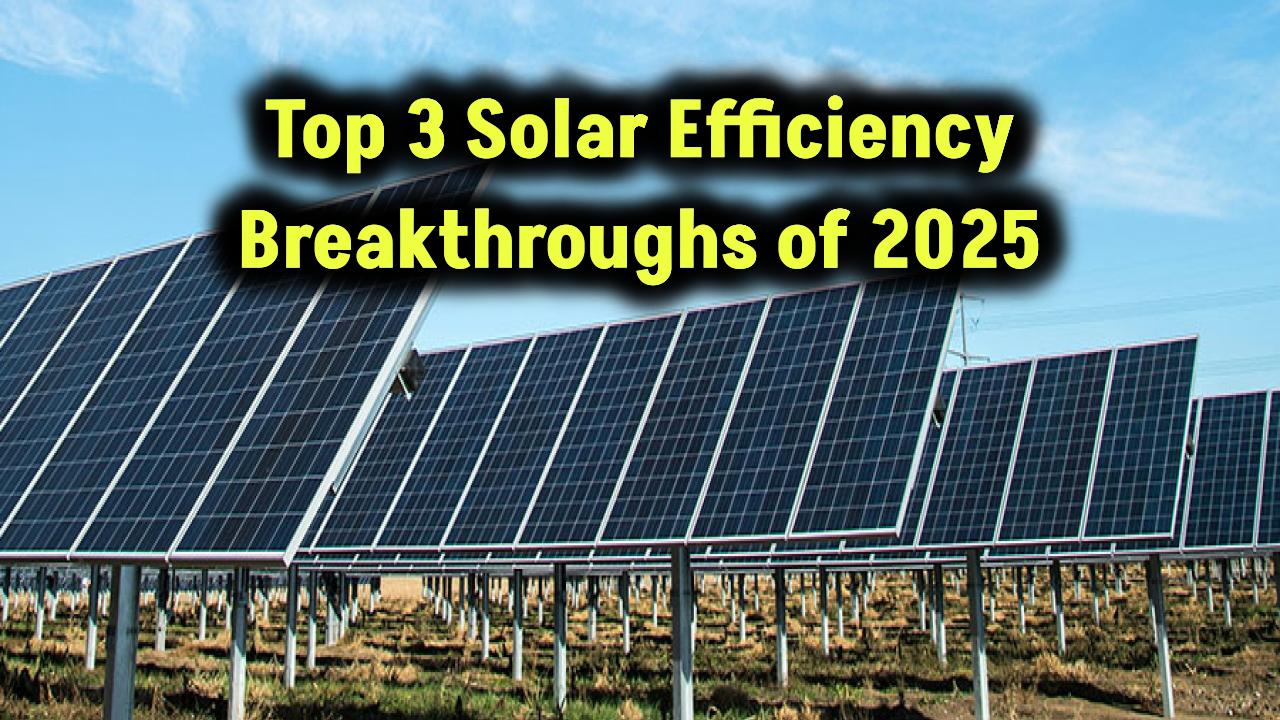
Queensland’s new regulations for solar and wind farm projects are transforming how large-scale renewable energy developments are approved and managed across the state. These changes, which came into effect in February 2025 and were further refined in May 2025, aim to create a more transparent, community-driven, and environmentally responsible planning system.
By requiring impact assessments, public consultations, and community benefit agreements, the state government is ensuring that renewable projects not only support Australia’s energy goals but also align with the interests of local communities.
Also Check: How much does a Tesla solar panel cost? Is It Really Worth the Hype?
Why Did Queensland Introduce New Rules for Renewable Projects?
Queensland is at the forefront of Australia’s renewable energy transformation. With abundant sunshine and wind, the state is a magnet for clean energy investments. However, rapid growth in large-scale solar and wind farms brought concerns from rural communities about land use, noise, visual impact, and lack of consultation.
To address this, the Queensland Government revised its approach:
- To ensure equal standards across regions
- To improve community trust and participation
- To align with state and national renewable energy targets
Impact Assessable Development
Under the new rules, all large-scale solar and wind projects are now classified as “impact assessable” development.
This has several important implications:
1. Public Notification Becomes Mandatory
Developers must notify local communities and allow for formal submissions. This gives residents a chance to raise environmental, cultural, or amenity concerns.
2. Third-Party Appeal Rights
Anyone who submits feedback during the public comment period now has the legal right to appeal the project approval if their concerns are not addressed.
3. Extended Assessment Timelines
Due to rigorous evaluation, the approval process may take 6 to 12 months or more, depending on project complexity.
Why it matters: This process improves transparency, ensures better environmental safeguards, and gives communities a genuine voice in shaping development.
Social Impact Assessments
Another key change is the requirement for Social Impact Assessments (SIAs). These are detailed studies that evaluate how a project may affect a community in areas such as:
- Housing and local services
- Employment and training
- Traffic, noise, and land access
- Cultural heritage
Developers must also present Community Benefit Agreements (CBAs)—formal commitments to deliver something of value back to the local area.
Examples of Community Benefits:
- Upgraded local roads or water infrastructure
- Scholarships or training programs for residents
- Long-term employment opportunities
- Environmental restoration projects
This approach shifts renewable energy from being a “top-down” initiative to a mutual partnership between developers and communities.
Also Check: What percentage of U.S. solar panels are made in China? You’ll Be Shocked by the Numbers!
State Codes 23 and 26
To standardize project evaluations, Queensland introduced and updated two key regulatory codes:
State Code 23 – Wind Farm Development
This sets criteria for:
- Minimum setback distances
- Shadow flicker limits
- Acoustic requirements
- Wildlife protection measures
State Code 26 – Solar Farm Development
This covers:
- Glare and visual impact
- Stormwater and soil management
- Vegetation clearing
- Cultural heritage protocols
Important: Projects must meet all performance outcomes and purpose statements under these codes—no alternative solutions are allowed.
Real-World Example
A proposed 120 MW solar farm in Southern Downs had originally been approved under local government planning without mandatory community input. Under the new regulations, it now:
- Must undergo full public notification
- Is required to assess noise, biodiversity, and traffic impacts
- Needs a Community Benefit Agreement with the local council
As a result, the project’s timeline has extended by an additional 9 months, but local stakeholders now feel more included and informed.
Implications for Developers and Investors
Pros:
- Increased project legitimacy through community support
- Better long-term grid integration and local partnerships
- Improved alignment with ESG (Environmental, Social, Governance) goals
Challenges:
- Longer approval processes
- Higher upfront planning and compliance costs
- Need for legal and planning consultants to navigate regulations
Yet, many developers see these changes as a worthwhile investment for smoother long-term operations.
Advice for Landowners and Councils
If you’re approached by a developer:
- Request full project documentation
- Check State Codes 23/26 to ensure compliance
- Engage during the public submission window
- Negotiate fair and formal CBAs for local benefits
Local governments can use these tools to ensure development aligns with their regional plans, economic needs, and sustainability goals.
FAQs
Q1. Do these rules apply to rooftop solar on homes?
No. The new rules only apply to large-scale commercial solar and wind farms, typically over 5 MW capacity.
Q2. Can communities block a project entirely?
Not directly, but public objections can influence approval conditions or lead to appeals that delay or alter the project.
Q3. What happens if a developer ignores the rules?
Non-compliance with State Codes or failure to consult communities can lead to project rejection or legal challenges.
Q4. Where can I find if a project is being proposed in my area?
All public notifications and applications are published on the Queensland Planning Portal:
Also Check: The Growing Role of Battery Storage in U.S. Solar Energy Systems








